SIGN UP TO OUR NEWSLETTER FOR DISCOUNTS, PROMOTIONS and PRIZES!
Original vs. Remake: It (1990) & It (2017)
Remakes, reboots, and revivals have taken possession over a hefty section of horror productions, with a plethora of classics being re–envisioned to either accommodate younger and newer audience members or to bring new light to beloved genre favourites. Although we have seen our fair share of remakes gone wrong, there remains a select bunch of films whose newer additions have proven to be just as good or even better than the original.
For this ‘Original vs Remake’ edition, we will be comparing It (Tommy Lee Wallace, 1990) and It (Andy Muschietti, 2017).

Storming onto the screens in 1990 is It, a terrifying portrayal of a demonic entity who takes on the shape of a clown to terrorise its victims every 27 years. However, its latest string of targets (the self-acclaimed “Losers Club”) may just be brave enough to banish Pennywise for good. Unlike a generic (yet anything but mundane) humanoid creature Pennywise the Clown does not play the typical game of lurching out from dark corners and hiding under the bed, instead, it preys upon individuals own specific fears to weaken and destroy them in what is their worst nightmare.
Of course one of the only writers capable of conjuring such an unsettling story is Stephen King. King penned It in 1986, and although the film drifts slightly from the novel the true essences are kept clear.
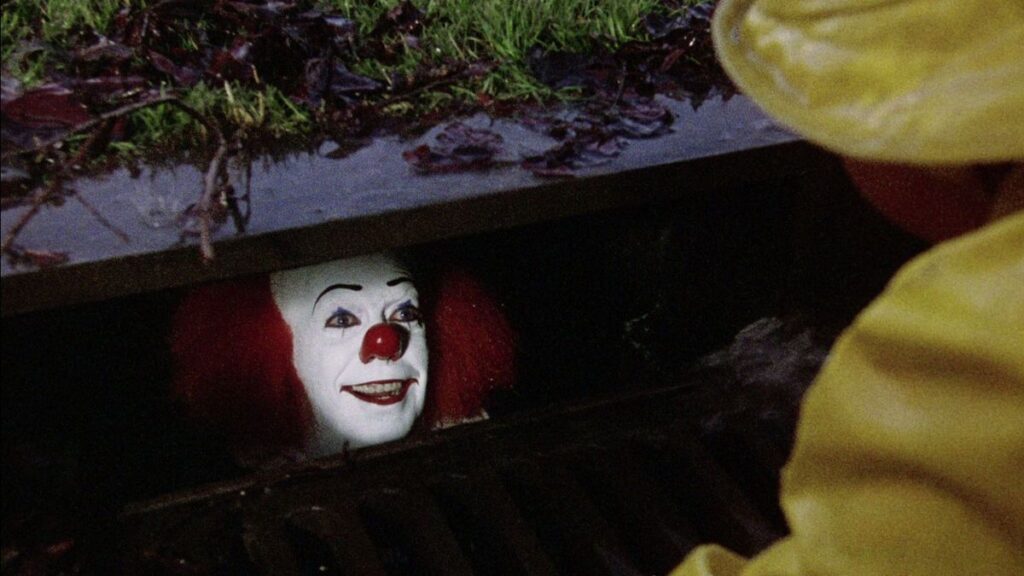
To determine the winner of the old and new “It’s” is an impossible battle as each film encapsulates alternative identities, but to firstly differentiate between the two we need to discuss the classic character of Pennywise. The 1990 It casts Tim Curry (The Rocky Horror Picture Show) as the dreaded clown, with simple makeup and costume (at least for a clown). As Curry is the titular character there is an immense amount of pressure to create a multidimensional performance that can both lure his child victims in and then frighten the living daylights out of them.
Curry does not fail once, in fact, I might even go as far as stating that his portrayal is one of the best that horror has ever seen. The sheer embodiment of shapeshifting terror is brutally brazen, which is only furthered by Curry’s witty balance of stark humour and horrifying antics.

It was made as a tv miniseries, with two episodes and a total original length of 192 minutes, with the physical release merging the episodes to become a feature length movie. It is a unique factor within itself for a ‘made-for-tv’ movie to become an outstanding success, let alone make its mark as one of the most iconic horror’s. Due to the broadcasting, certain restrictions were put in place that is typically abolished within mainstream horror including a limit to bloodshed and gore, as well as censorship to graphic content.
After horror audiences were subjected to grisly violence from exaggerated 1980s horror, It certainly was a breath of fresh air. Audiences’ tactics shifted from gratuitous shock to psychological character studies. We are not met with generous carnage, with the piece actually having an almost black comedy mechanism. However, the comic motifs are not a replacement of fear, with the flicking of Curry’s performance from inviting to menacing being nothing less than startling.
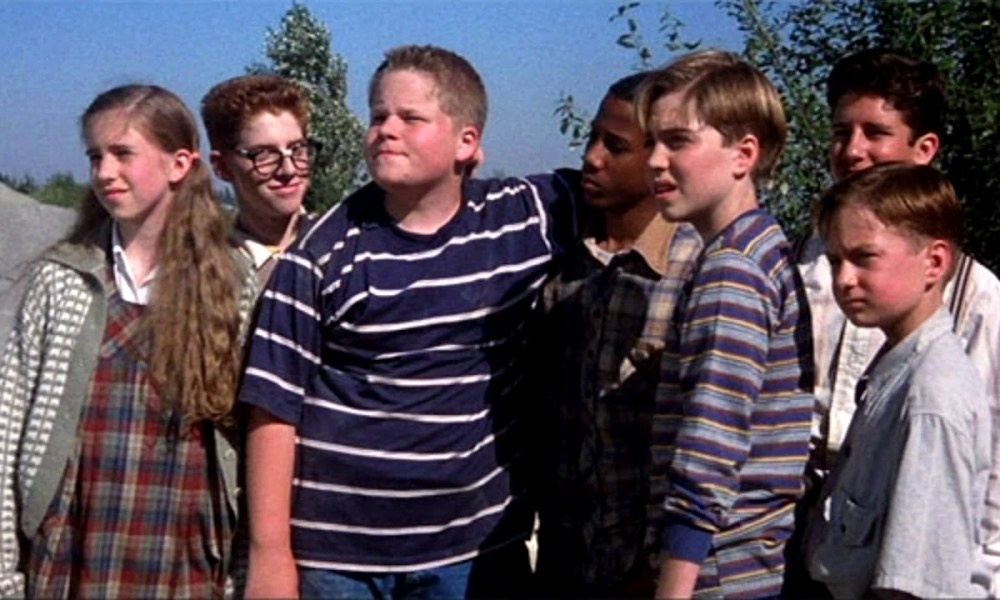
On this note, It relies upon subtext and internalised concepts to create a bounding journey. During the first act, we see the losers club as children dealing with their own individual issues, which are rather harrowing yet realistic considering their age including traumatic milestones such as grief, and abuse. Although the ‘losers are all dealing with scarring experiences Lee Wallace does not show them in extreme jeopardy, with the camera simply cutting to their expressions when Pennywise strikes. Despite some scenes feeling slightly dated, It is an undeniable classic that still holds up to this day.

News of a remake began to emerge from as early as 2009, but it was not until 2015 when the production began to pick up speed with Muschietti being announced as the director. The trailer almost immediately amassed a cult following of its own, with the view count entering the millions. The brand new shiny Pennywise enthralled audiences (myself included!). Curry’s vivid and rambunctious appearance was wiped away in favour of a brandished shadowed look complete with dusty clothing and a more styled-out ginger barnet.
Bill Skarsgård took the brave step of becoming the nerve-wracking Pennywise. Such an iconic role is accompanied by severe pressures, however truthfully his small appearance in the trailer and posters was enough to create a swift fan appeal. It was about to enter onto the horror scene with a killer force, conjuring a vigorous reputation as being one of the highest-grossing horror films of all time.
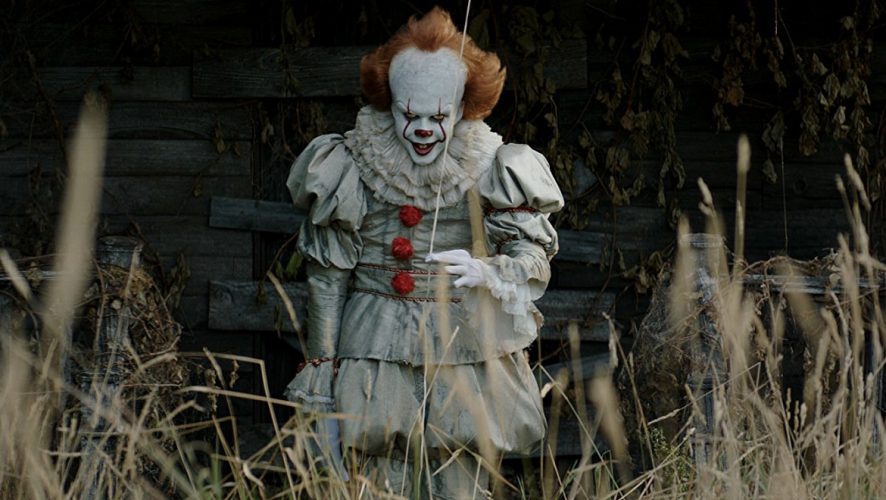
It is not better than the original, but it is on par. There are a plethora of reasons as to why this is my belief, but one of my main factors is that the loser’s club has refined and well-developed personas that transcend into a coming-of-age movie. Quite favourably I admire any film that decides to use age appropriate characters rather than twenty-somethings playing tweens. Although It (1990) enacts the same character backstories, the relationships between the losers have such an authentic bond that plays out as non-scripted; just as if the camera was kept rolling whilst they would playfully make jabs at one another.
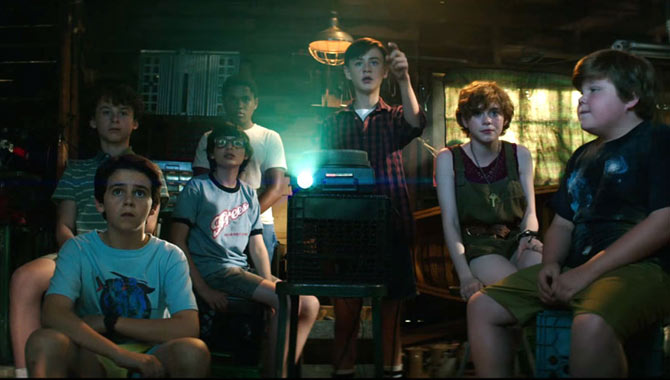
Simply due to more modern filmmaking and techniques, Muschietti transforms the fictional town of Derry, Maine into a hellish landscape with treacherous corners lurking in the ordinary. Pennywise does not even have to be in shot for our senses to start heightening. The atmosphere alone is daunting, with the town hoarding a dark omen; Derry exceeds being just a town, instead it becomes a character. This is certainly an aspect that It (2017) focuses on, alongside one of the other primary differences, the graphicness.
It does not shun its psychodrama roots, yet we are welcomed to indulge in grisly carnage. Although visual gore is not the focus, there is plenty of horrific imagery whose sole purpose serves to disconcert our awareness. The infamous opening scene shows a little Georgie (Jackson Robert Scott) chase his paper boat that falls down a storm drain where he fatally meets Pennywise. At first, Pennywise dons the joyous clown persona to fool Georgie, before he mutates into a disgustingly ferocious beast with razor-sharp fangs ripping into this small boy’s arm. His metamorphosis into a barbaric behemoth both entices and panics the audiences.
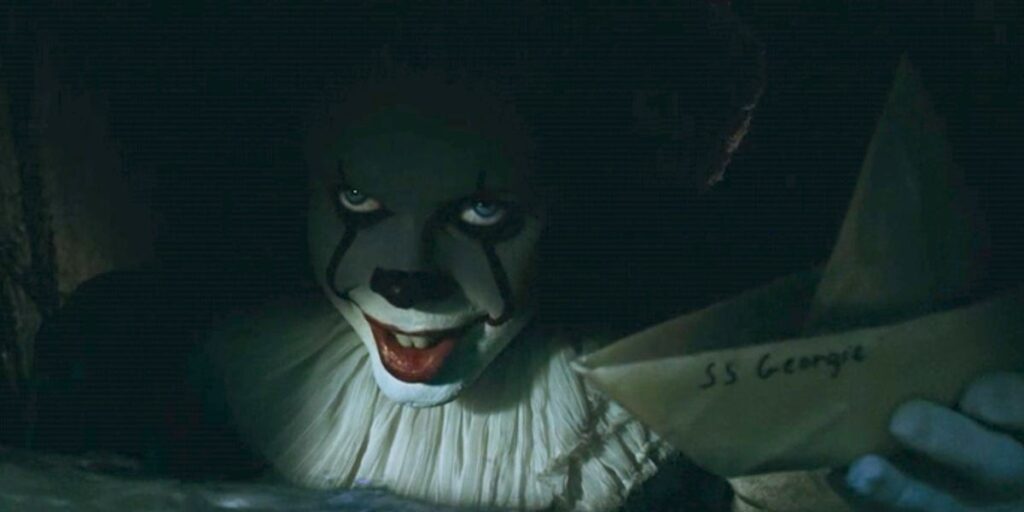
Muschietti and Lee Wallace’s take on King’s beyond incredible tale of a demonic clown truly emulates and escalates some of the most vital and engrossing moments of the book. It is not necessary to compare and battle these two films as they are each substantially iconic in their own individual ways. I view them as equal contenders who compliment each other, and both deserve their own hallmark within the horror film history.
This weeks article comes via Grace from Film Overload, you can check out more of her work here.
Share this story

